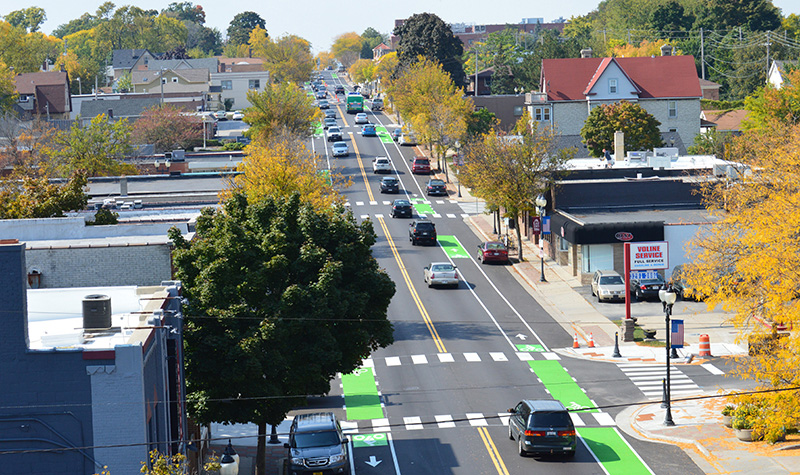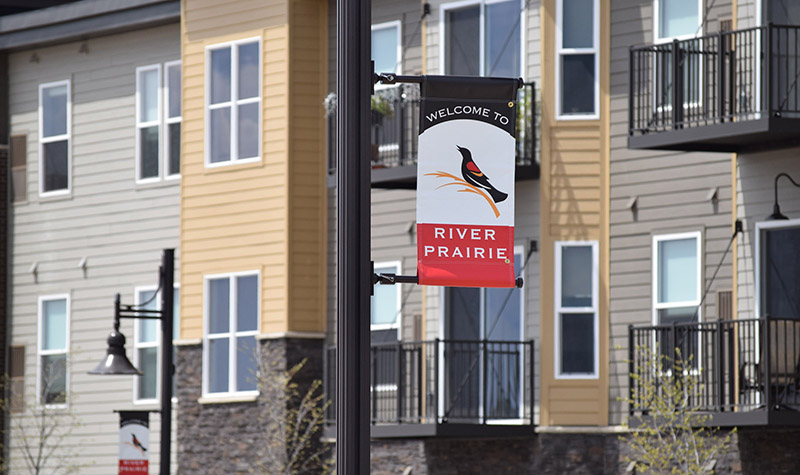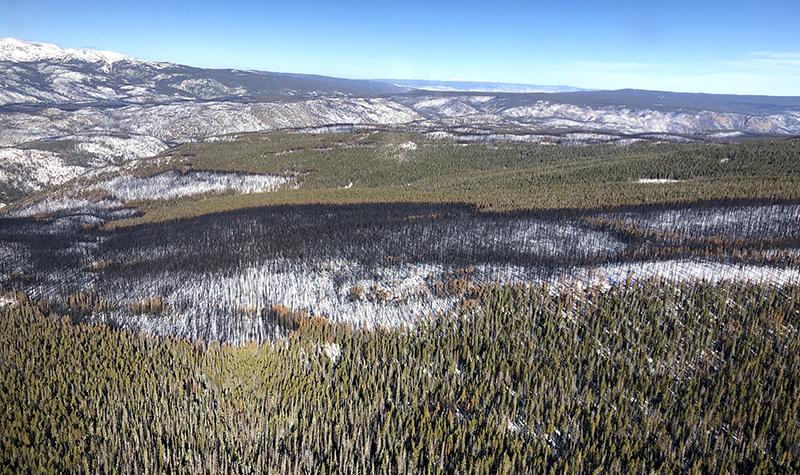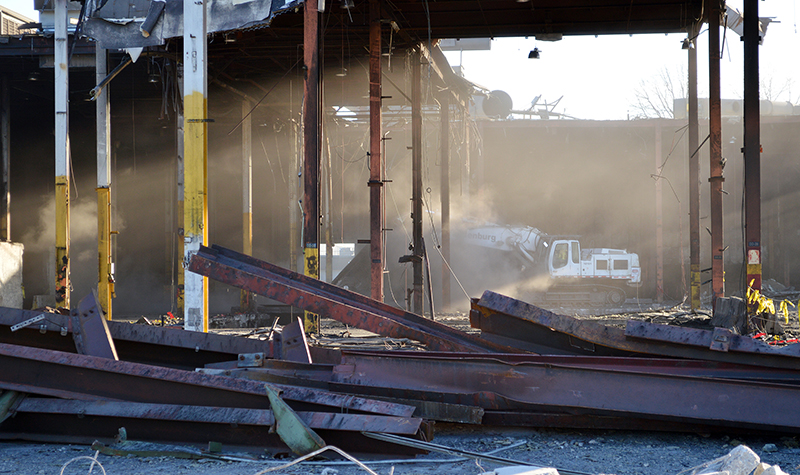Resilience and Sustainability: Now and Later
There is no question the pandemic has shifted priorities for a lot of individuals and entities. This past year has forced us to become resilient, as businesses, communities, and people. Resilience is the ability to recover quickly and bounce back from difficult situations. But the trend we are seeing is that we’re not going to just “bounce back” but do so differently. This shift in priorities is impacting our perception of sustainability, resiliency, and transportation in terms of mobility, safety, quality of life, hygiene, and recyclables (namely single-use plastics).

About the Expert:
Subrata Bandy leads Ayres’ Southeast Operations. His senior executive experience in engineering, marketing, and operations management matches him well with Ayres’ trajectory toward growth in the Southeast and around the nation. He has over 25 years of professional experience, mostly with consulting firms but also in the industrial sector.
A few examples of the impact these emerging trends are having can be seen in the increased interest in complete streets as it relates to mobility and safety, changing housing trends as individuals move to and from urban centers, and an enhanced awareness/interest in resiliency and resilient design.
The University of South Florida is hosting the Global Conference on Resiliency and Sustainability During the Pandemic on April 8 and 9. This free event will explore the emerging trends in sustainability and resiliency during the pandemic. The conference is dedicated to sharing information among students, faculty, and community members, with the hope of aligning the academic and real worlds on emerging challenges so students benefit from both worlds. The conference features speakers from Tesla, Coca Cola, Mosaic, and Publix; high ranking officials in Florida’s transportation and environmental protection departments, and many more.
I teach a graduate class as an adjunct professor at the Patel College of Global Sustainability at the University of South Florida. As co-chair of the Global Conference on Resiliency and Sustainability During the Pandemic, I will also be moderating the first panel on transportation and providing some introductory remarks. At Ayres we are committed to the communities we live and work in, and part of that responsibility is fostering the development of the next generation of experts.
Here are a few examples of trends emerging during the pandemic:
Mobility and Safety
A good example of the changing transportation priorities is found in the many complete streets conversions we have seen and continue to see throughout this pandemic. Complete street concepts can play a large role in helping cities adapt to their residents’ wants and needs. By converting street parking to outdoor dining space, communities have essentially repurposed the single parking stall in favor of flexible, user-friendly spaces that support the local economy.
 Going a step further, planners, engineers, and landscape architects are thinking outside the box, using solar panels as table umbrellas, street shades, or awnings to provide power for a multitude of uses. Pergolas can also serve as the framework for those solar panels, and other solar modules can function as outdoor seating but have the potential to serve as electric vehicle charging stations, control lighting, or power outdoor workstations.
Going a step further, planners, engineers, and landscape architects are thinking outside the box, using solar panels as table umbrellas, street shades, or awnings to provide power for a multitude of uses. Pergolas can also serve as the framework for those solar panels, and other solar modules can function as outdoor seating but have the potential to serve as electric vehicle charging stations, control lighting, or power outdoor workstations.
Housing Trends and Residential Planning
Could the hypothetical COVID-19-induced exodus from urban areas produce a wave of infrastructure-busting development along the outer edge of America’s suburbs? Or could the pendulum just as well swing the other way?
Trends like the acceleration in flexible working arrangements or escaping urban centers perceived as too crowded to be safe during a pandemic could push people to the suburbs.
 Regardless of size or character, communities would be smart to seize the moment to forecast the residential qualities that will best fit their changing housing market. At this point it’s hard to know how many residents will take the opportunity to move to that remote location they’ve always loved and how many will choose to focus on a more mixed-use urban neighborhood. However, with mortgage rates at record lows and millennials and baby boomers both facing major post-COVID lifestyle decisions, this is the time for cities, villages, and towns to embark on strategic and comprehensive plans, focus on the housing market and key sites, and become proactive about meeting those evolving demands.
Regardless of size or character, communities would be smart to seize the moment to forecast the residential qualities that will best fit their changing housing market. At this point it’s hard to know how many residents will take the opportunity to move to that remote location they’ve always loved and how many will choose to focus on a more mixed-use urban neighborhood. However, with mortgage rates at record lows and millennials and baby boomers both facing major post-COVID lifestyle decisions, this is the time for cities, villages, and towns to embark on strategic and comprehensive plans, focus on the housing market and key sites, and become proactive about meeting those evolving demands.
Resiliency and Resilient Design
While COVID-19 may be the most urgent driver of resilience our communities face today, the need for resilience will continue even when the pandemic ends. We’ve witnessed the devastation from flooding, wildfires, hurricanes, and other natural disasters. And we are seeing the frequency of natural disasters increase.
For example, Colorado experienced its largest wildfire in state history last year. The Cameron Peak fire started August 13 west of Fort Collins in the Arapaho and Roosevelt national forests, destroying nearly 209,000 heavily wooded acres before being contained on December 2.
 Snow melt and spring rains feed the state’s rivers, which fill the reservoirs that serve Colorado communities. The ash, sediment, and debris left behind from wildfires can wash into waterways and reservoirs. That can contaminate the water supply and damage the water system infrastructure.
Snow melt and spring rains feed the state’s rivers, which fill the reservoirs that serve Colorado communities. The ash, sediment, and debris left behind from wildfires can wash into waterways and reservoirs. That can contaminate the water supply and damage the water system infrastructure.
Resilience isn’t about completely solving an issue but instead finding economical, alternative ways to help projects withstand severe events with minimal damage and disruption. Many times, small changes to a design can be a very economical way to build resilience into a project. We help increase our clients’ resilience by exploring a range of associated risks, costs, and solutions.
Contact Ayres vice president Subrata Bandy for more information regard the upcoming conference, the topics it covers, or general questions regarding resilience and sustainability.

 By
By
Post a comment: